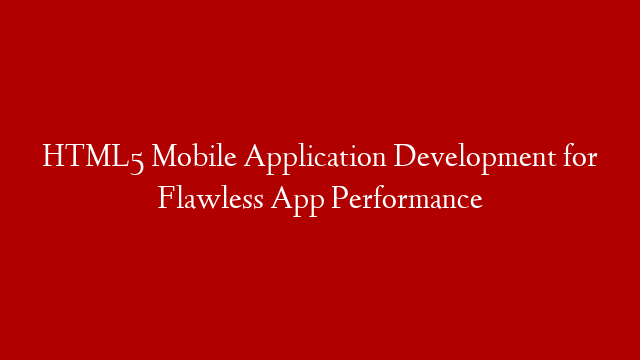In this MVC PHP Tutorial, we will be creating a CRUD application example using the Model View Controller design pattern. CRUD stands for Create, Read, Update, Delete, and is a common acronym used in web development.
The Model View Controller (MVC) design pattern is a popular software architecture pattern that helps to organize and separate the logic and presentation of an application. In an MVC application, the Model represents the data, the View represents the user interface, and the Controller handles the business logic and interaction between the Model and View.
In this tutorial, we will be using the Laravel PHP framework. Laravel is a popular MVC framework that provides a lot of features and helpers to make development easier. If you are not familiar with Laravel, you can check out the official documentation here:
We will be creating a simple CRUD application that will allow us to manage a list of books. The application will have the following features:
Create a new book
Read a book
Update a book
Delete a book
The application will be divided into the following folders and files:
/app – This folder will contain the application’s main PHP file.
– This folder will contain the application’s main PHP file. /resources – This folder will contain the application’s resources, such as images, CSS, and JavaScript files.
– This folder will contain the application’s resources, such as images, CSS, and JavaScript files. /models – This folder will contain the application’s model files.
– This folder will contain the application’s model files. /views – This folder will contain the application’s view files.
– This folder will contain the application’s view files. /controllers – This folder will contain the application’s controller files.
We will start by creating the application’s main PHP file. This file will bootstrap the Laravel framework and will load the necessary resources. Create a file called app.php and add the following code:
run();
Next, we will create the resources folder and add the necessary files. Create a folder called resources and add the following files:
/resources/



